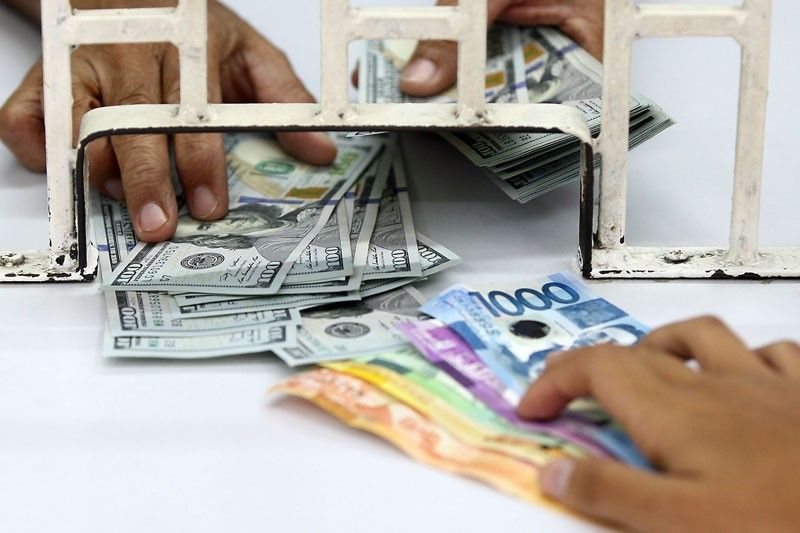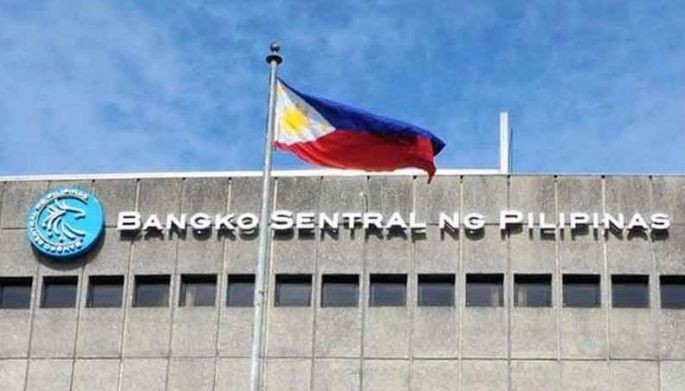DOF: Countries with most depreciated currencies are among the fastest growing

MANILA, Philippines — The countries whose currencies perform the worst are among the fastest growing economies, the Department of Finance said Tuesday, as the Philippine peso continues to flirt with the P54-per-dollar level.
In an economic bulletin, DOF chief economist Gil Beltran said the peso depreciated by 7.39 percent year-to-date, ranking third among 12 currencies of the fastest growing Asian countries.
“The countries experiencing the highest depreciations were among the fastest growing countries — India at 8.2 percent, China at 6.8 percent, the Philippines at 6.3 percent and Indonesia at 5.1 percent,” Beltran said.
“These are also the countries with the highest [gross domestic product] growth rates — India at 8.2 percent, Philippines at 6.3 percent and Indonesia at 5.2 percent,” he added.
Following the release of wider trade deficit data for July, the peso closed at P53.94 against the greenback on Tuesday, 6 centavos weaker than its P53.88-per-dollar finish on Monday. This is the peso’s lowest level since it ended at P53.985 versus the dollar on Dec. 7, 2005.
READ: Philippine trade gap widens in July amid lackluster export growth
The local currency opened Tuesday’s trading session at P53.94 against the greenback before posting an intraday low of P53.97-per-dollar. Its best showing stood at P53.87 versus the dollar.
According to DOF’s Beltran, the peso has been “moving in tandem” with Asian currencies amid severe exchange rate volatility spawned by the global trade war, the Turkey-Argentina crisis and monetary normalization in the United States.
“Since July 31 when emerging markets were the target of adverse hot money movements as contagion spread from problems in Turkey and Argentina, the Philippine peso depreciated by 0.82 percent, ranking fifth among eight Asian countries whose currencies depreciated,” the finance official said.
“Maintaining good macroeconomic policies, thru manageable fiscal and BOP balances, and adopting economic reforms thru tax reforms and still the best way to sustain growth and investment and, at the same time, steel the economy from external economic shocks,” he added.
The weak peso has been contributing to rising domestic inflation, which soared to its highest level in nearly a decade in August. The depreciating local currency has also been pushing up prices for imported capital goods, posing a challenge to President Rodrigo Duterte’s multi-trillion peso infrastructure program. The peso’s weakness can likewise drive up the value of the national government’s foreign loans.
As the peso hovers at near 13-year lows, the Bangko Sentral ng Pilipinas has said it will reactivate the hedging facility for eligible companies with foreign exchange obligations, which was launched at the height of the Asian financial crisis more than two decades ago to calm the foreign exchange market. — Ian Nicolas Cigaral
- Latest
- Trending































